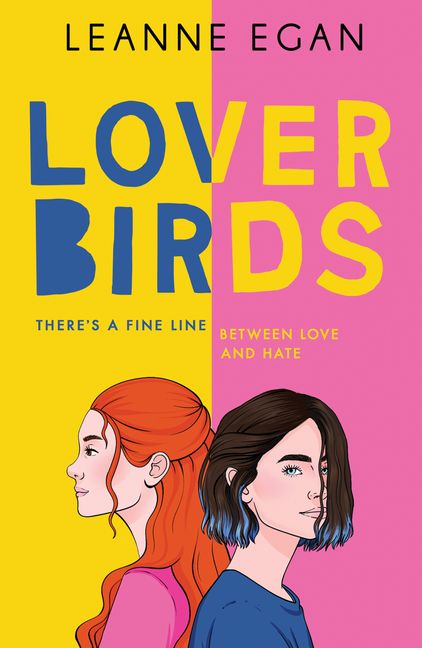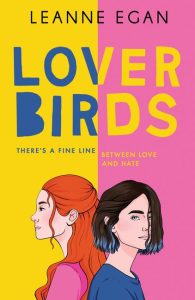



 Lover Birds is an inclusive teen romance set in the city of Liverpool, England. Eliose ‘Lou’ Byrne is just trying to scrape through sixth form when she finds herself with an unexpected acquaintance. Posh, sharp and self-important, Isabel Williams is everything Lou isn’t (a fact that’s not lost to either). But when Lou’s friends insist on getting to know the new Londoner, Lou must suffer through the association with her usual witty charm. Their dislike is instantaneous, with cutting remarks and scorching glares being their most common form of communication. But as time goes on, both girls realize that the other might not be what they think, and that this thing between them is so much more than hate…
Lover Birds is an inclusive teen romance set in the city of Liverpool, England. Eliose ‘Lou’ Byrne is just trying to scrape through sixth form when she finds herself with an unexpected acquaintance. Posh, sharp and self-important, Isabel Williams is everything Lou isn’t (a fact that’s not lost to either). But when Lou’s friends insist on getting to know the new Londoner, Lou must suffer through the association with her usual witty charm. Their dislike is instantaneous, with cutting remarks and scorching glares being their most common form of communication. But as time goes on, both girls realize that the other might not be what they think, and that this thing between them is so much more than hate…Error: Contact form not found.
